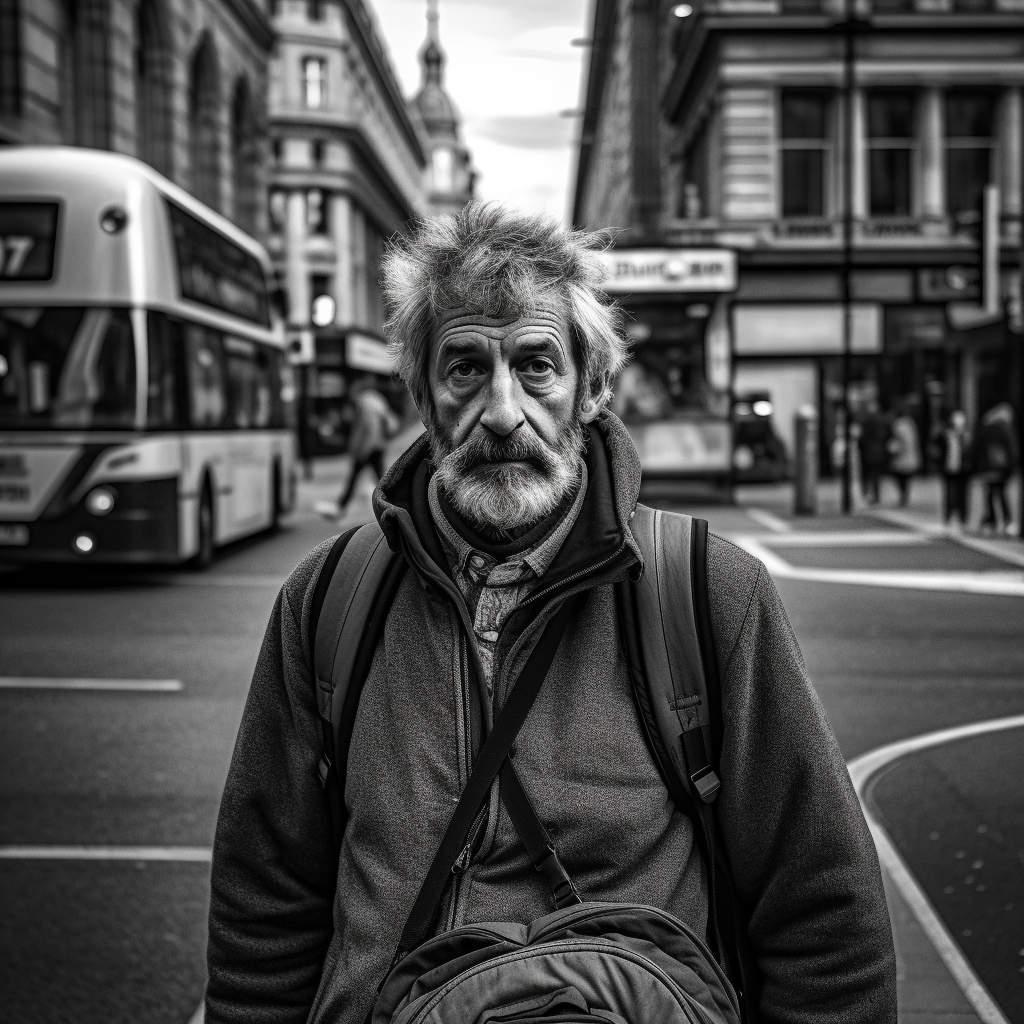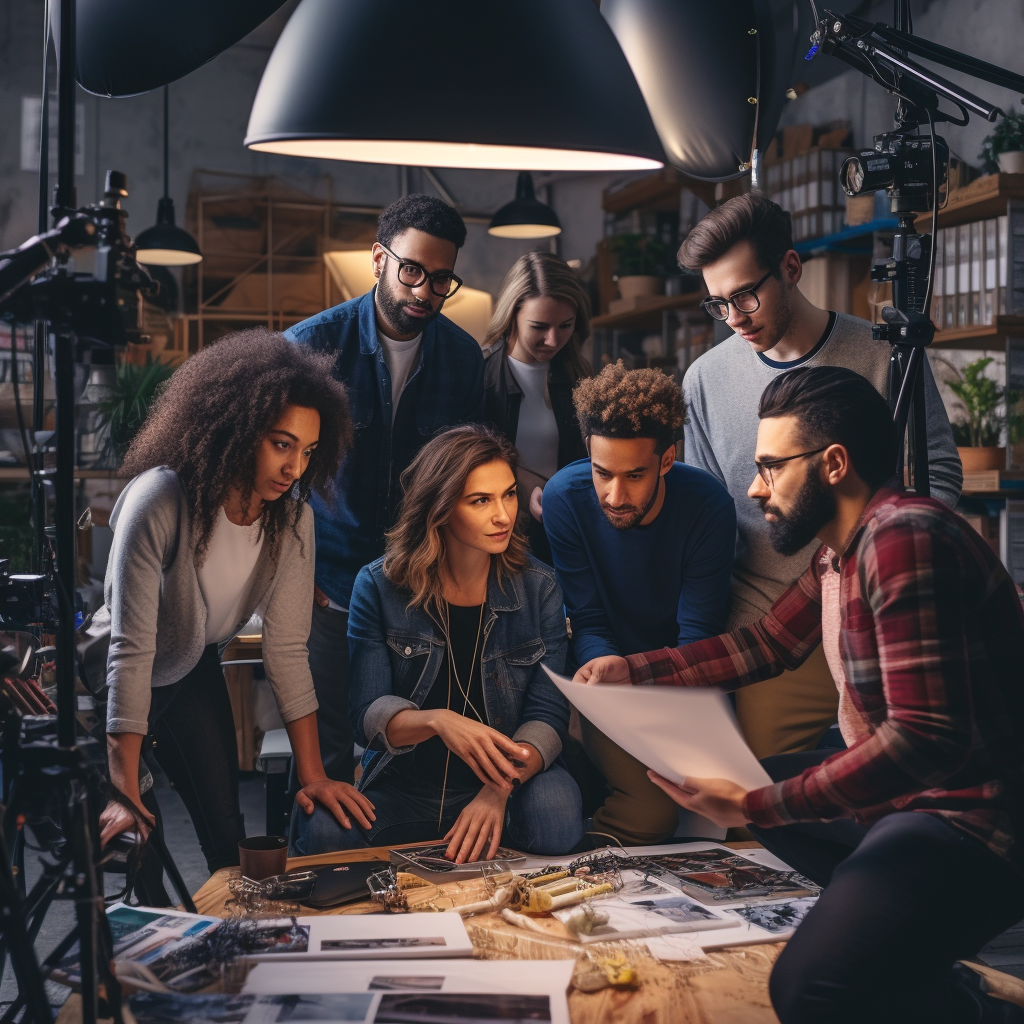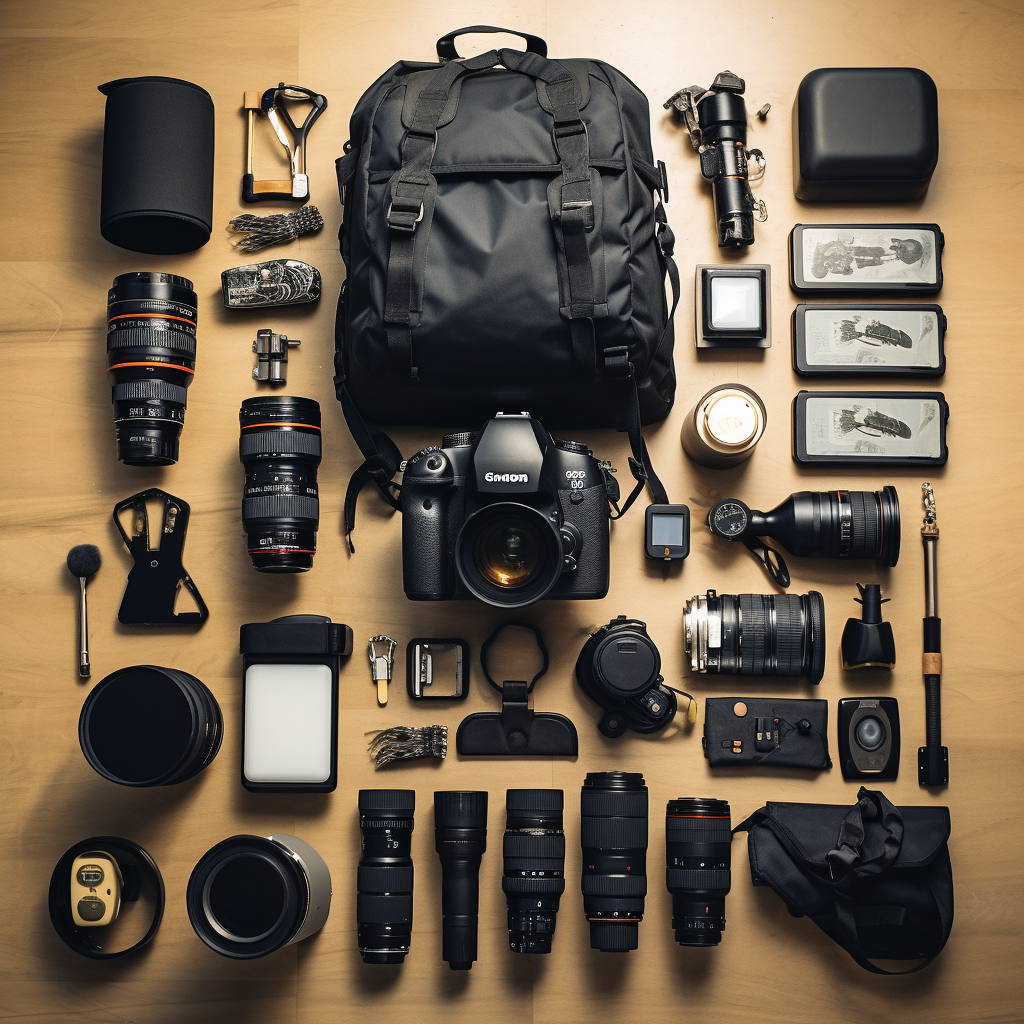Please note this post may contain affiliate links picked by me (Jay) that I have deemed may be of interest or relevant to you the reader of this.
These links do not affect the cost of the thing if you decide to purchase but i may get a little money if you choose to purchase.
For more information on my affiliate link policy click here.
The Art of Street Photography: Capturing the Urban Landscape
As a photography junkie, there’s nothing quite like the thrill of hitting the streets and capturing the raw, unfiltered beauty of the urban landscape. Street photography is a unique and exciting genre that requires a keen eye for detail, a passion for storytelling, and a willingness to embrace the unpredictable nature of the city.
In this article, we’ll explore the art of street photography and delve into the techniques, gear, and mindset required to capture stunning images of the urban landscape. So grab your camera, hit the streets, and let’s get started!
Finding Your Style
The first step in becoming a successful street photographer is finding your own unique style. There are countless ways to approach street photography, from capturing candid moments to creating carefully composed scenes that tell a story.
Some photographers focus on capturing the energy and movement of the city, while others seek out the quieter, more contemplative moments that often go unnoticed. Experiment with different styles and techniques to find what resonates with you and allows you to express your vision.
Equipment
When it comes to equipment, street photography is all about being light and nimble. You don’t want to be weighed down by a lot of gear, but at the same time, you need to be prepared for any situation.
A good street photography setup typically consists of a small, lightweight camera with fast autofocus and good low-light performance. Mirrorless cameras like the Sony A7 series or Fujifilm X-T4 are great options for street photography, as they offer a balance of image quality, portability, and versatility.
For lenses, a fast prime lens like a 35mm or 50mm is ideal for street photography, as it allows you to capture the scene without being too intrusive or drawing attention to yourself. A wide-angle lens can also be useful for capturing the broader context of the cityscape.
Composition
Composition is key in street photography, as it helps you create compelling images that tell a story and convey a mood. There are many different compositional techniques you can use in street photography, from leading lines and framing to the rule of thirds and negative space.
One of the most important things to keep in mind is to always be aware of your surroundings and the elements that make up the scene. Look for interesting juxtapositions, patterns, and textures that can add visual interest to your images.
Light
Light is another crucial element in street photography, as it can dramatically affect the mood and atmosphere of your images. Look for interesting lighting conditions, such as harsh shadows, reflections, and golden hour light, to create dynamic and evocative images.
Don’t be afraid to experiment with different lighting conditions and push the boundaries of what’s possible. For example, you could try using a flash to freeze the action or create a dramatic effect, or you could use long exposures to capture the movement and energy of the city.
Street Portraits
Street portraits are a popular sub-genre of street photography, and can be a great way to connect with people and capture their stories. When approaching strangers for a portrait, it’s important to be respectful and mindful of their privacy and boundaries.
One effective approach is to strike up a conversation and build a rapport before asking for a portrait. This can help put your subject at ease and create a more natural and authentic image.
Ethical Considerations
Street photography can be a contentious and controversial topic, and it’s important to be aware of the ethical considerations involved. Always be respectful of people’s privacy and avoid photographing vulnerable or marginalized communities without their consent.
When in doubt, it’s always best to err on the side of caution and seek permission before taking a photograph. Remember that street photography is about capturing the beauty and diversity of the urban landscape, not exploiting or objectifying people.
The Mindset
To be a successful street photographer, you need to have a certain mindset that allows you to navigate the chaos and unpredictability of the city. You need to be observant, curious, and fearless, always ready to capture the decisive moment and tell a story.
Street photography requires a certain level of patience and persistence, as well as a willingness to experiment and take risks. It’s about embracing the unexpected and being open to new experiences and perspectives.
|
|
Post-Processing
Post-processing is an important part of any photography workflow, and street photography is no exception. However, it’s important to use post-processing sparingly and with a light touch, as you don’t want to alter the authenticity or integrity of the image.
One effective approach is to use presets or filters that enhance the natural colors and tones of the scene, while still maintaining a sense of realism and authenticity. You can also experiment with cropping, contrast, and other adjustments to create a more dramatic or impactful image.
Sharing Your Work
Once you’ve captured your images and processed them to your satisfaction, it’s time to share them with the world. There are many different ways to share your street photography, from social media platforms like Instagram and Facebook to online galleries and exhibitions.
Sharing your work can be a great way to connect with other photographers and enthusiasts, as well as to inspire and educate others about the art of street photography. It can also be a powerful way to advocate for social change and raise awareness about important issues and topics.
Joining the Community
Finally, one of the best ways to improve your street photography and connect with other enthusiasts is to join a community or group dedicated to the art form. This can provide you with a supportive and inspiring network of like-minded individuals, as well as access to resources, feedback, and opportunities for growth and development.
If you have any questions or would like to join the discussion, feel free to drop a comment or question in the community section of the website. We’re always happy to help and connect with other passionate street photographers!
Conclusion
Street photography is a dynamic and exciting genre that requires a unique set of skills, equipment, and mindset. Whether you’re a seasoned pro or just starting out, there’s always something new to learn and explore in the world of street photography.
By following these tips and techniques, you can hone your skills, find your own unique style, and capture stunning images of the urban landscape. So grab your camera, hit the streets, and let your creativity and curiosity guide you on this exciting and rewarding journey!
















